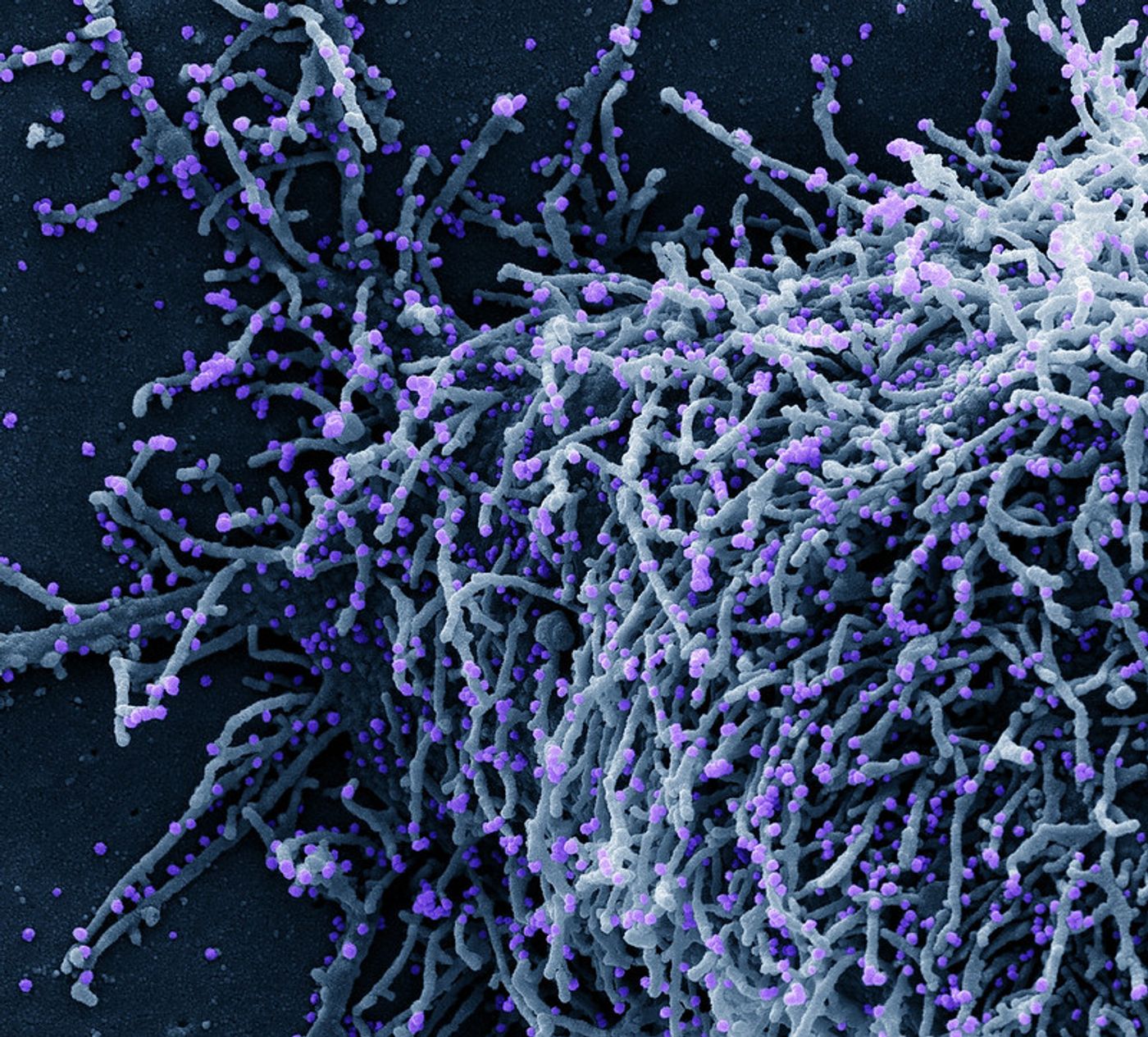SARS-CoV-2 is Evolving Rapidly in White-Tailed Deer
Scientists have determined that at least fifty different animals including dogs, cats, raccoons, and white-tailed deer can be infected with SARS-CoV-2, the virus that causes COVID-19. Researchers have now found evidence that SARS-CoV-2 has spread rapidly among white-tailed deer in Ohio, and that viral variants are evolving about three times faster in these deer than they are in humans. The work has been reported in Nature Communications.
In this study, the investigators took over 1,500 nasal swabs from deer ranging freely throughout 88 counties of Ohio from November 2021 to March 2022. Over ten percent of the nasal swabs that were collected tested positive for SARS-CoV-2, and about 60 percent of the counties where swabs were taken harbored at least one infected deer. Blood samples also revealed that about 24 percent of deer carried antibodies to the virus, indicating that they had been exposed at one point.
The researchers were also surprised to how the virus was moving; at least 30 deer had been infected by a human strain. This suggests that transmission between different species is more common than thought.
“We generally talk about interspecies transmission as a rare event, but this wasn’t a huge sampling, and we’re able to document thirty spillovers. It seems to be moving between people and animals quite easily,” said co-senior study author Andrew Bowman, an associate professor at The Ohio State University. Evidence that humans can be infected by deer is also accumulating, which isn't very surprising, added Bowman. “It’s probably not a one-way pipeline.”
White-tailed deer appear to be acting as a reservoir for SARS-CoV-2, which seems to have enabled the virus to continue to evolve and mutate. The infected deer may also be able to easily spread the virus to other wildlife and livestock.
Early in the pandemic, Bowman and colleagues detected SARS-CoV-2 in deer, and wondered whether urban deer were getting it because they were frequently in contact with human. But now, rural deer have been shown to carry the virus as well.
Genome sequencing was performed on 80 of the samples from deer, and the researchers found that the predominant variant was Delta, which was also the primary variant infecting humans at the time the samples were taken. Genetic data indicated that spillover events, in which the virus was moving from humans to deer, were taking place in multiple counties, and deer-to-deer transmission was also ongoing in multiple counties.
“There’s probably a timing component to what we found; we were near the end of a Delta peak in humans, and then we see a lot of Delta in deer,” Bowman said. “But we were well past the last Alpha detection in humans. So the idea that deer are holding onto lineages that have since gone extinct in humans is something we were worried about.”
Vaccination may also provide some protection for people in the case of spillovers from deer back to humans. When a Siberian hamster model that is often used in infection studies was exposed to deer variants, vaccinated animals got less sick compared to the unvaccinated.
The variants that deer are carrying are still mutating, however. “Not only are deer getting infected with and maintaining SARS-CoV-2, but the rate of change is accelerated in deer, potentially away from what has infected humans,” Bowman said.
Researchers are still trying to determine how the virus moves from humans to white-tailed deer. And they also noted that even though about 30 million deer are ranging throughout the US, there have not been any major outbreaks from strains that originated in deer, yet.
Bowman added that the virus could adapt to deer in the future, and we don't know how this could affect transmission to other hosts, including humans.
Sources: Ohio State University, Nature Communications









